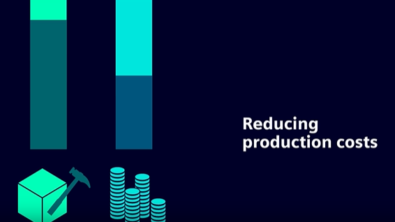Is it really Service Lifecycle Management vs. PLM?

Lots of talk about Service Lifecycle Management (SLM) versus Product Lifecycle Management lately. Why? Because SLM is becoming more and more important to manufacturers. With pricing competition for the original sales squeezing margins, service provides OEMs with the opportunity to improve total return on product investment. Service done right also builds customer loyalty and in many cases provides a better revenue stream and profit margin for highly configured long life products.
So when we look at SLM, the first question is when does service begin? Is it at the delivery of service? There is no question that you have to get the delivery of service right. That’s the customer experience section of service. But OEMs had better been thinking about service well before that. In fact most manufacturers start thinking about service then they start thinking about product, at the beginning of the product lifecycle.
It’s up front where the questions are asked about product and component part reliability, serviceability (Design for Service), upgradeability, serviceable parts and pricing/sourcing. The answer to these questions probably change over the development cycle of a product as product analysis, testing, and verification occur and prove out ideas and assumptions. The answers and associated information then support development of requirements for service (the what and how frequently: change oil every 7,000 miles), service procedures (how to do it: documentation, animations, fault diagnostics), and service resources (what is needed to get it done: tools, skills, parts). All this still must be related to the product design and manufacturing information to keep in sync with changes to the virtual or physical product.
When you consider the association of all this service information with every step of the product development it answers the question of SLM versus PLM. SLM is a portion of the overall product lifecycle and should be an integral part of the PLM vision of a manufacturer. Granted there are application solutions that are specific to SLM like spare parts pricing, inventory, service fleet management but the rest of SLM requirements like documentation management, configuration management, change management, service planning, as-maintained (asset management) are enriched by their presence in the PLM environment because information about product development and manufacture can be repurposed to support service quality and the empirical performance information from service can lead to product improvements.
In future blogs we can look at the PLM-related components of SLM.


